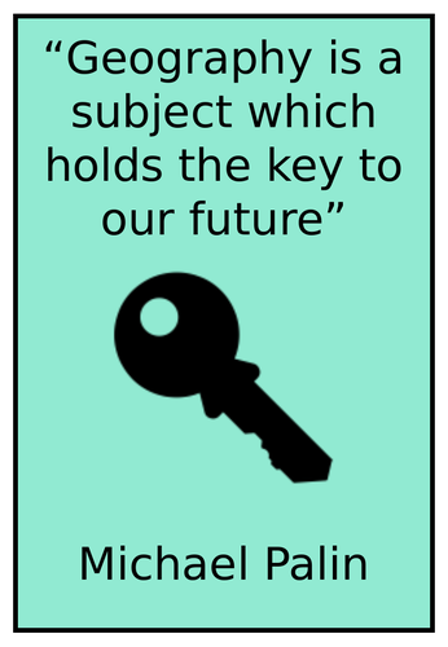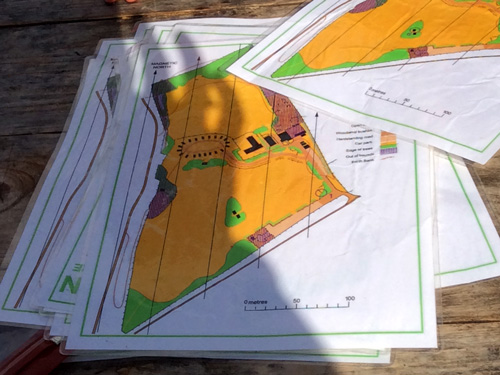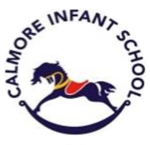Geography
Geography at Calmore - What makes it so much fun?
At Calmore Infant School, our Geography curriculum promotes curiosity and fascination about the world so that as their widening perspective expands, they discover their place within it. By studying their local area, Calmore, they will gain an understanding of their community and how to look after it.
As the curriculum continues, they will explore their wider world and will begin to understand about diversity of people and places. This will develop a secure geographical knowledge, as well as encourage respect and understanding of the wider community.
Through first-hand observations, virtual tours and fieldwork, children are equipped with knowledge about different places, physical and human features within environments. Together or independently they are able to solve challenging problems and communicate using a broad range of geographical vocabulary and skills.
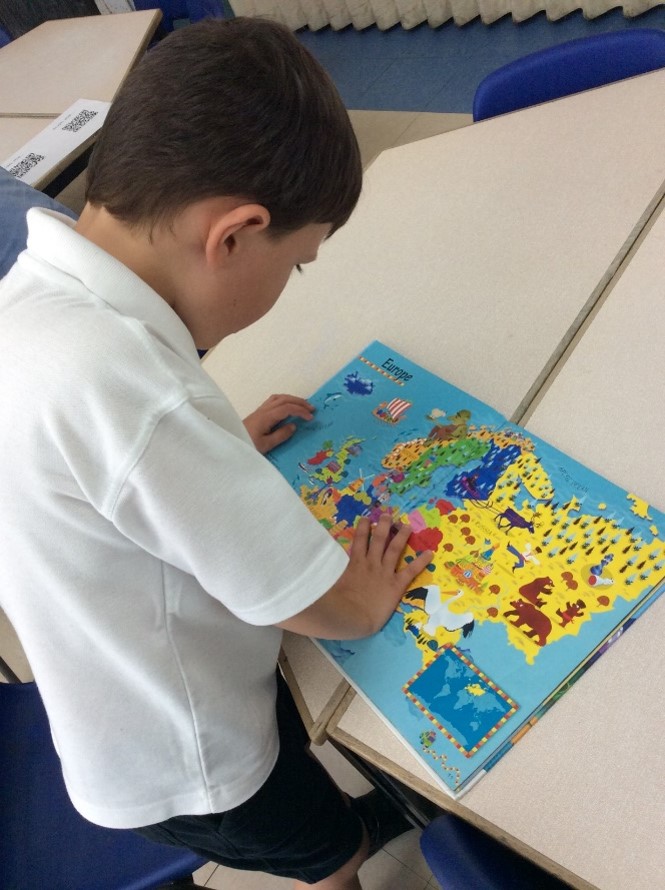
We want our children to have a strong understanding of the world around them and their place within it, so that they move throughout schooling and their futures able to apply this knowledge and skills and contribute positively to society. We want our children to know more and be able to do more as they move through the year groups.
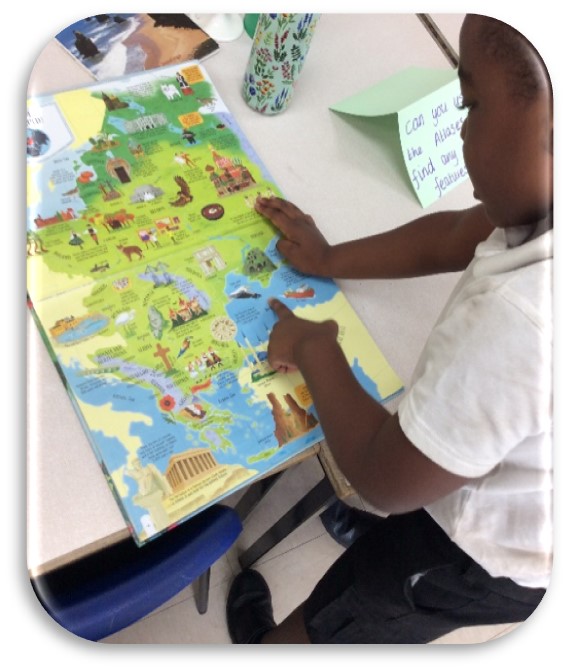
The Curriculum at Calmore
Our Geography curriculum is inclusive of all children and is purposeful and meaningful. It enables children to gain a broad and detailed knowledge of their surroundings as well the wider world.
Our Calmore curriculum encompasses awe and wonder, providing engaging and interactive experiences allowing children become curious about the world they live in. Children will acquire the skills and knowledge to ask and answer questions about the world and its people.
The curriculum is engaging for all and is taught through classroom learning, educational visits, fieldwork, ‘expert’ visitors, studying maps, atlases and photographs. Children have the opportunity to consolidate their learning though continuous provision and through teachers making tenacious links between Geography and other areas of learning.
What does greater depth in KS1 look like?
- Demonstrate broad and accurate locational knowledge.
- Think critically and question.
- Identify and explain similarities and differences and patterns in the environment.
- Consistently use key geographical vocabulary.
- To independently use a wide range of resources, such as maps, atlases and globes to investigate a concept in Geography.
What does assessment look like in Geography?
In Early Years, Geography is assessed through the ELGs of ‘Understanding The World’ using:
- Observations
- Discussions
- Circle times
- Role Play
- Children using their ‘All About Me’ books
- Outdoor area
- Speaking and listening
- Small world areas
When children start year R, they explore and learn Geography through Communication and Language and Understanding the World. Their existing skills and understanding in this area is assessed by a baseline assessment conducted in Autumn term and then is assessed throughout the year using the above methods. At the end of the year, the teacher makes a judgement that encompasses all teacher assessment completed throughout the year. This data is then passed on to the Year 1 teachers to ensure any learning/skills are revisited if needed.
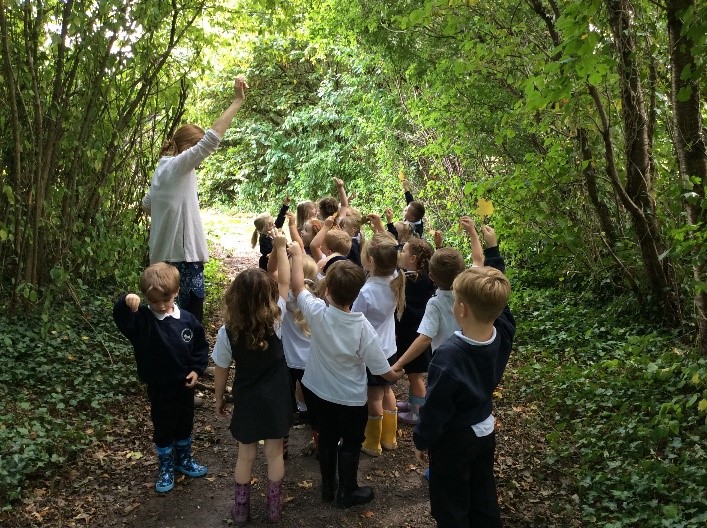
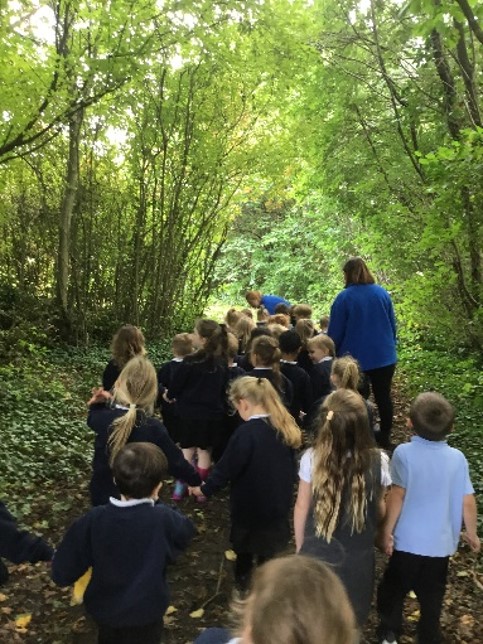
Geography teaching in KS1 usually starts with a ‘knowledge harvest’ where teachers can assess what children already know to help inform planning. This is usually discussion based to allow children to openly talk about their experiences and knowledge. Children are then assessed at the end of each topic by a teacher based on a variety of learning experiences from discussions, observations and individual pieces of work. Children are assessed in the 4 areas of Geography; Locational knowledge, place knowledge, human and physical geography and geographical skills and fieldwork. Assessments are shared between teachers to help with future planning and ensure any gaps or misconceptions can be rectified quickly. In a Covid-19 world, the communication between teachers is more crucial than ever to ensure any missed learning is not lost learning. Teachers are quick to identify and share any areas where children need more opportunity to practise and develop their skills. This is then facilitated by the next teacher through various learning opportunities.
